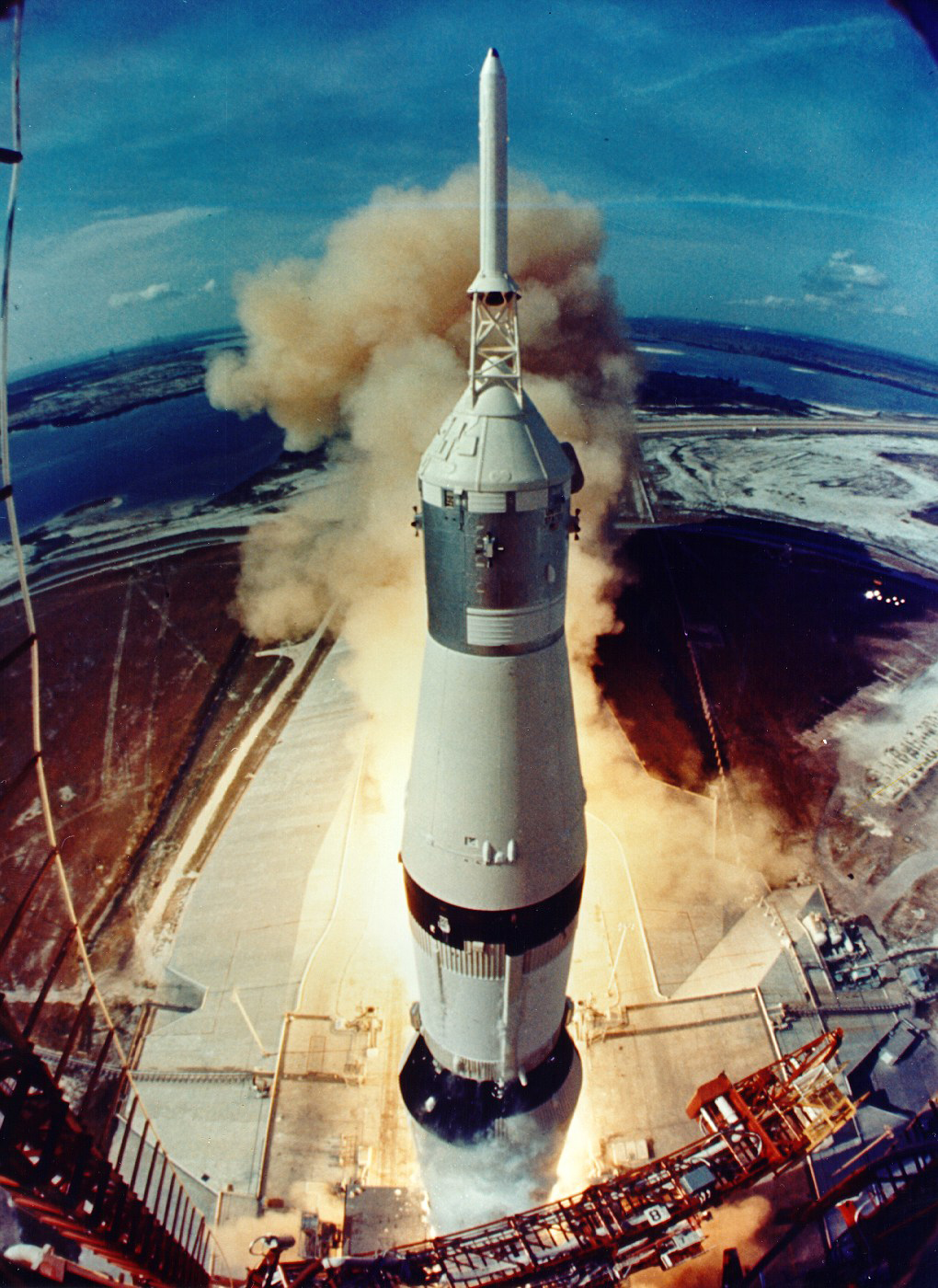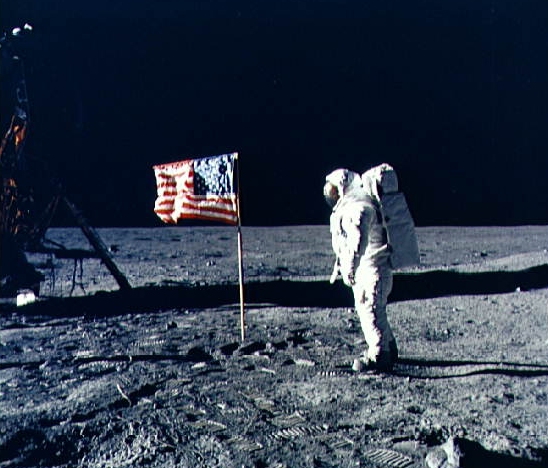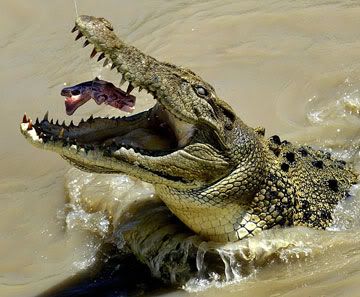Brazil
http://en.wikipedia.org/wiki/FIFA_World_Cup
2. When and where was Diego Maradona's first national game? Provide a short biography of the footballer.
He made his debut the 27th February, 1977 against Hungary. He won 5-1.
Diego Armando Maradona is arguably the greatest footballer that has ever put on a pair of boots. He is born in the slums of Villa Fiorito near Buenos Aires as the fifth of eight children. Maradona enters professional football at the astonishing age of 15. By the time he turns 16, Diego is called in the senior national squad of Argentina. Regardless of his talent, Diego is considered too young by coach Cesar Menotti, who rejects him from his selection for the 1978 World Cup. Bitterly disappointed, Maradona watches the tournament from home as his country wins gold. In the following four years, Diego dominates his country's domestic league and is eventually added to the Argentine squad for Spain 1982.
Argentina advances from the first stage of the tournament by losing to Belgium, but beating Hungary and Salvador. Maradona manages to leave his mark with two beautiful, yet not critical goals. In the the second stage of the tournament, Maradona is manhandled by his Italian marker Claudio Gentile. Diego's frustration gets him sent off. Argentina fails to advance and Diego is again suppressed from unleashing his full potential. Although unsuccessful, the brilliance of the Argentine footballer does not go unnoticed and after the World Cup, he is picked up by European powerhouse Barcelona. By 1984, Maradona had established himself in Barca and is picked up by the Italian club Napoli.
At the 1986 World Cup in Mexico, Maradona makes his return on the World stage in a spectacular fashion. After leading his team to a quarter final against England, Diego steals the attention of millions with both his controversial character and technical brilliance. The fuss around the Argentina-England encounter is further elevated by the Falkland Islands conflict, which at that time had turned both countries against each other. Diego opens the game 1-0 by striking the ball with his hand over the English goalkeeper Shilton. Unnoticed by the referees, the mishap is ruled a goal. Five minutes later, Maradona single handedly takes the ball through the entire English defense with a slalom from midfield right down to the goal line. After the match, when confronted with the video footage of the illegal goal, Maradona replies simply "Even if there was a hand, it must have been the hand of God." Maradona silenced his critics by deciding the following semi and final matches. By scoring two goals in the first and with an assist in the second, Maradona practically earns the World Cup for his nation.
Maradona's influence on his teammates was carried over to his club side Napoli, as they reached unprecedented heights, winning their very first and second Scudetto (1997 and 1990) and the UEFA Cup in 1988/99.
At Italy 1990, all eyes are on Argentina and its brightest star Diego Maradona. Diego comes close to replicating his success from four years ago. With Maradona's ability, Argentina defeats Brazil, Yugoslavia and Italy on its way to the final. Most memorable is the semi-final match between Argentina and Italy played at Diego's club home Naples. To the torment of Maradona, the fans at his own club stadium boo him during the match. Nevertheless, Argentina eliminates Italy after a penalty shootout. The final of the 1990 World Cup, leaves Diego helpless as Argentina are defeated 0-1 by West Germany with a goal from a questionable penalty.
After the loss against West Germany, Maradona's career plummets. In March of 1991, he tested positive for doping and is banned from football for 15 months. Maradona refuses to return back to Napoli after the World Cup incident and transferrs to Sevilla for a year. He eventually goes back to Argentina with Newell's Old Boys.
The 1994 World Cup confirms that Diego's career in international football is over. He is suspended again after failing yet another doping test. Hurt by his absence, Argentina is eventually eliminated by Romania in the second stage.
Shortly after, Diego takes on a new career path as a coach. He fails miserably again, unable to remain at a single club for more than four months. By 1995, Maradona is forced to return to the game as a player. He goes back to his former club Boca Juniors, and remains there until his last match on 25th of October 1997. Five days later, during his 37th birthday, Maradona announces his retirement from football. Up until 2001, Diego remains away from the playing pitch, periodically entering rehab for cocaine abuse. Diego plays his farewell match on the 10th of November 2001 against a select team comprised by some of the greatest footballers in the game including Ferrara, Suker, Stoichkov, Cantona, Higuita, and Romario. One year earlier, Maradona is voted Best Football Player of the Century by a global Internet poll. Controversy is stirred yet again, by his nearly unanimous victory. FIFA, who find Maradona's personal image as the 'King of Football' unacceptable, decide to give the same award to Pelé as the Best Footballer for the first half of the century.
http://www.diegomaradona.com/ingles/ihistoria.html
http://www.expertfootball.com/players/maradona/biography.php
3.Who was the first black international football player?
Andrew Watson was the world's first black international player. Born in British Guiana, he was a proper celebrity in the Victorian era, winning three caps for Scotland in the 1880s. He also became the first non-white player to feature in the FA Cup.
http://uktv.co.uk/yesterday/item/aid/601576
4.Who wrote the first description of the football match and how was it described?
The first description of a football match in England was written by William FitzStephen in about 1170. He records that while visiting London he noticed that "after dinner all the youths of the city goes out into the fields for the very popular game of ball." He points out that every trade had their own football team. "The elders, the fathers, and the men of wealth come on horseback to view the contests of their juniors, and in their fashion sport with the young men; and there seems to be aroused in these elders a stirring of natural heat by viewing so much activity and by participation in the joys of unrestrained youth."
http://www.spartacus.schoolnet.co.uk/Fhistory.htm
5. Who was the first player to score 2000 points in a career?
George Blanda. George retired after 26 years, playing in both the old AFL and the NFL, scoring a total of 2002 points.
http://www.funtrivia.com/en/subtopics/NFL-178086.html
6. Give the short overview of the football carreer of David Beckham. What is his real full name? What are his nicknames? Provide a short biography of the footballer.
David Robert Joseph Beckham is an English footballer who currently plays in midfield for Milan in Serie Aon loan from Major League Soccer club Los Angeles Galaxy.
His nicknames are Dave, Becks, Golden Balls and DB7.
He was born David Robert Joseph Beckham on May 2, 1975, in Leytonstone, East London, England, son of Ted Beckham, a kitchen fitter, and Sandra West, a hairdresser. Beckham's maternal grandfather is Jewish, and he has been mentioning the religion as influence; he wears a tattoo written in Hebrew from the 'Song of Songs' in the Hebrew Bible (Old Testament), albeit he is not known to practice Judaism or any other faith. Beckham has always played in long sleeve shirts to cover up his tattoos in consideration of others who may feel uncomfortable due to their beliefs.
He was brought up by his parents, supporters of Manchester United, attended Bobby Charlton's football school in Manchester, and won a spot in a training session at FC Barcelona as a child. In 1986 he was a Manchester United's mascot for a match against West Ham United. From 1992 - 2003 Beckham made almost 400 appearances for Manchester United and scored 85 goals, although his official record counts only 62 goals in 265 official senior team's matches. In the 1998 FIFA World Cup he played all of England's qualifying matches and scored in several important victories. He received a red card for violent conduct in England's match against Argentina, albeit his opponent later admitted to trying to send Beckham off by over-reacting to their contact during the game and by urging the referee to send Beckham off. After losing the game England was eliminated, Beckham was made a scapegoat and became the target of criticism and abuse in media.
He had a good season in 1999 - 2000 and helped Manchester United to win the Premier League. At that time, he married singer Victoria Beckham (nee' Adams) from the popular musical group The Spice Girls, and the couple had their first son, Brooklyn, born in 1999. That same year, Beckham was given a permission to miss training routine, in order to look after his son Brooklyn, who suffered from a stomach infection. Meanwhile, the Manchester United's manager, Alex Ferguson, fined Beckham £50,000 (about $80,000 then) the maximum amount that was permitted, for babysitting with his sick child, while his wife was spotted at a London fashion Week event on the same night. Ferguson's claim that Beckham should be able to train if his wife stayed home that day, caused a serious personal tension between two men. In February 2003, following the defeat to Arsenal, the Manchester United's manager Alex Ferguson entered the changing room and kicked a football boot that struck Beckham over the eye, causing a cut that required stitches.
David Beckham has been a good scorer and a major attraction for public. On the field he has been demonstrating his consistent ability to see a big picture even under severe pressure during the most rapidly changing and unpredictable games. His field vision has been remarkable, allowing him to create many assists in a number of important matches. Beckham's forte has been his delivery from the right-hand side as well as his efficient free kicks. His superior performances in the midfield position has required a higher physical endurance through the entire game. "David Beckham's right foot" was mentioned, although humorously, as one of British national treasures in the movie Love Actually (2003).
He signed a four-year contract with Real Madrid, beginning on July 1, 2003, and worth a potential 40 million dollars. In Madrid, Beckham was not allowed to wear his favorite number seven, because another player had the right to wear it written into his contract. Beckham decided to wear the number 23 instead, being a big fan of Michael Jordan. He immediately became popular with the Real Madrid fans, but the team did not perform well enough to win either the Spanish League or the Champions League. However, Beckham remained a reliable scorer and his performances attracted more public. His shirts sales and other merchandising deals remained lucrative for the club, which continued to under-perform, regardless of the Real's management's higher expectations.
In 2005 Beckham became a UNICEF Goodwill Ambassador. He was also involved in promoting London's successful bid for the 2012 Olympic Games. His third season in Madrid was unremarkable, and he was criticized a lot, mainly because the team finished second to Barcelona in Spanish "La Liga" and lost to Arsenal in the European Champions League. However, during that season, he expanded his international presence by establishing football academies in Los Angeles and East London. During the FIFA World Cup 2006, he played for England, and became the first ever English player to score in three World Cups. In the quarter final game against Portugal, Beckham was replaced because of his injury in the middle of the game. Without him the English team lost and was knocked out of the World Cup.
In June 2007 Beckham played his final game for Real Madrid, winning a medal and celebrating with his friends Tom and Katie Cruse, who attended the game. This was his fourth, and last season there, ending his contract with the club. He announced that he had signed a five-year contract to play for the Los Angeles Galaxy from July 1, 2007 through June 2012. The 5-year deal includes up to $10 million a year in direct salary, and with merchandising endorsements and profit-sharing could earn Beckham up to $50 million a year, and may end up worth about $250 million in five years, making him one of the highest earning athletes of all time.
In 2009, in a unique time share agreement David played on loan at AC Milan to maintain his fitness after ending the season with the Galaxy. He ended up staying with Milan for five months, from January to May 2009. In 2010, he also arranged to embark on a second loan spell at AC Milan from the Galaxy, to play for Milan for another five months. He said the he "genuinely enjoyed playing for Milan."
The Beckhams, who have become known as "Posh and Becks", have three sons: Brooklyn Joseph Beckham (born 1999), Romeo James Beckham (born 2002), and Cruz David Beckham (born 2005) who was named "Cruz" in honor of their friend Tom Cruise.
http://en.wikipedia.org/wiki/David_Beckham
http://www.imdb.com/name/nm0065743/bio
7. Who is Edison Arantes do Nascimento and why is he famous in the football history? Give a short overview of his career with illustrations.
Edison Arantes do Nascimentobest known by his nickname Pelé is a Brazilian retired former football player.
Edson was born in Três Corações, Minas Gerais,
Brazil, the son of Fluminense footballer João
Ramos do Nascimento, also known as Dondinho. He
was named after American inventor Thomas Edison,
and did not receive the nickname "Pele" until his
school days. He originally disliked the nickname,
but the more he complained the more he was called
by it. Later in life, when reflecting that the
world came to know the name, he stated his belief
that it was chosen for him by God.
Growing up in poverty on the streets of Bauru, he
could not afford a football and usually played
with either a sock stuffed with papers or a
grapefruit. He was given his first leather ball on
his sixth birthday by his father's teammate, Sosa.
At the age of eleven, Pele was scouted by
Brazilian legend Waldemar de Brito and was invited
to join de Brito's amateur team, Clube Atletico
Bauru. In 1956, Pele's mentor took him to the city
of Sao Paulo, to try out for professional club
Santos Futebol Clube|Santos. De Brito told the
directors at Santos that the fifteen year old
would be "the greatest football player in the
world". Pele was offered professional terms and
scored four goals in his first league game. When
the new season started, Pele was given a starting
place in the first team and, at the age of just
sixteen, became the top scorer in the league. Just
ten months after signing professionally, the
teenager was called up to the
|Brazilian national
team.
In Football World Cup 1958|1958, Pele became the
youngest ever Football World Cup|World Cup winner
in Sweden at 17, scoring two goals in the final as
Brazil crushed Sweden 5-2 in Stockholm. He played
in three more Brazilian world cup teams in 1962,
1966 and 1970, two of which Brazil won (1962 and
1970). Although his contributions were limited in
the 1962 and 1966 campaigns because of injuries
inflicted by the dirty play of opposition players,
the 1970 tournament in Mexico was to be Pele's
last. The 1970 team, featuring famous players
like Rivelino, Jairzinho, and Tostão, is often
considered to be the greatest team ever. Brazil
defeated Italy 4-1 in the final, with Pele
scoring one and gloriously setting up Jairzinho
for another in what some still consider to be the
finest ever world cup.
Pele's sublime technique and deft touch combined
with his phenomenal dribbling skills and
incredible scoring ability cannot be overstated.
His immense haul of over twelve hundred career
goals in all competitions has not even come close
to being matched by any other man in the history
of the professional game. His unrivalled talent
in by far the world's most popular sport has led
many to consider him to have been the finest
sportsman in the history of the world.
After his retirement from Brazilian football on
October 3, 1974, he joined the New York Cosmos of
the North American Soccer League. He played his
last game as a professional on October 1, 1977 in
front of a capacity crowd at Giants Stadium
against his old club, Santos; he played the first
half with the Cosmos and the second half with
Santos. The exhibition game was sold out six weeks
beforehand. He also played in a friendly match
with the Lebanon|
Lebanese club Nejmeh in 1974 (see
Football in Lebanon).
http://www.short-biographies.com/biographies/Pele.html
8. What is 'gridiron or tackle football'' and where is it played? What are the most famous teams?
Gridiron football is an umbrella term used in some English-speaking countries outside North America to refer to several similar codes of football played primarily in the United States and Canada.
The most famous teams:
Baltimore Ravens
Houston Texans
New York Jets
Denver Broncos
Seattle Seahawks
Philadelphia Eagles
Atlanta Falcons
Chicago Bears
http://www.nfl.com/teams
http://en.wikipedia.org/wiki/Gridiron_football
9.When and where was football originally first invented?
Documented evidence of an activity resembling football can be found in the Chinese military manual Zhan Guo Ce compiled between the 3rd century and 1st century BC.
http://en.wikipedia.org/wiki/Football#Early_history
10.How is Estonia ranked on the FIFA/Coca-Cola World Ranking 2009?
Estonia is ranked 104th.

http://www.fifa.com/worldfootball/ranking/lastranking/gender=m/fullranking.html#confederation=0&rank=189&page=3

























